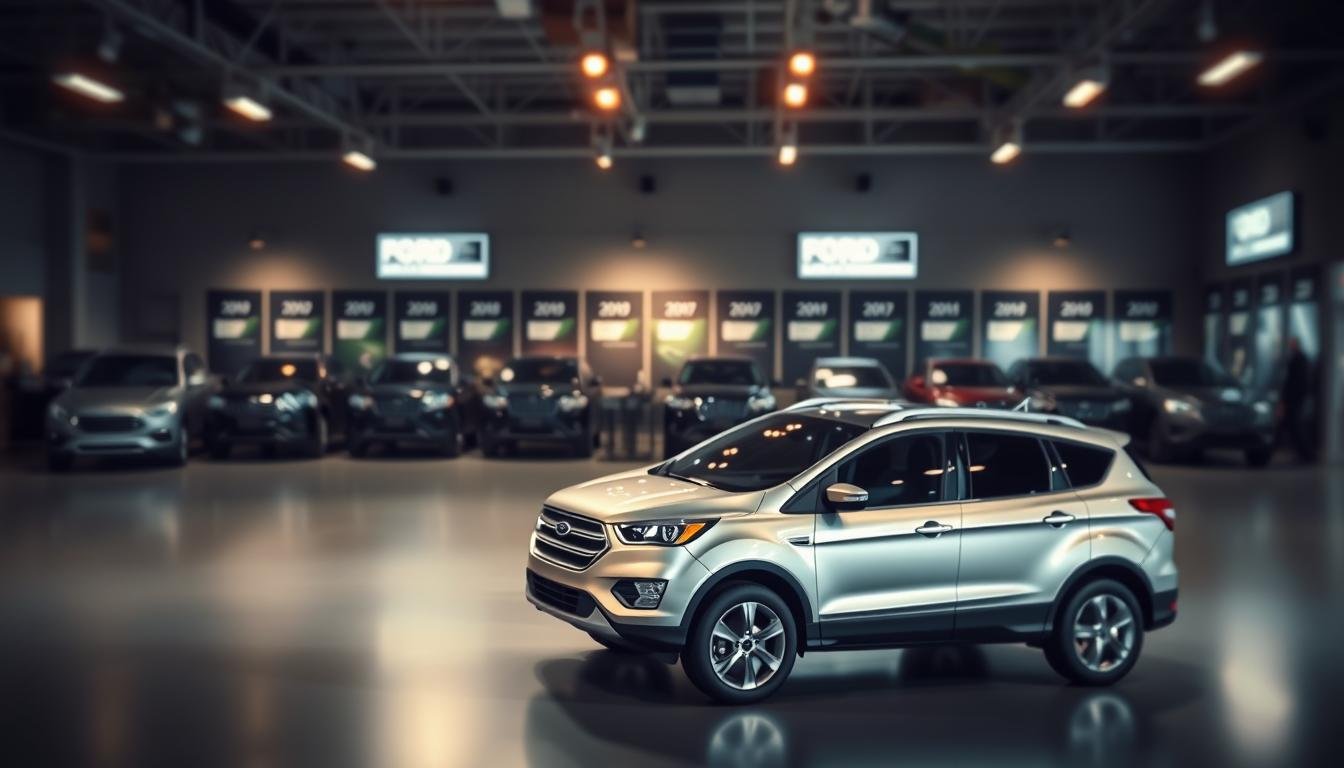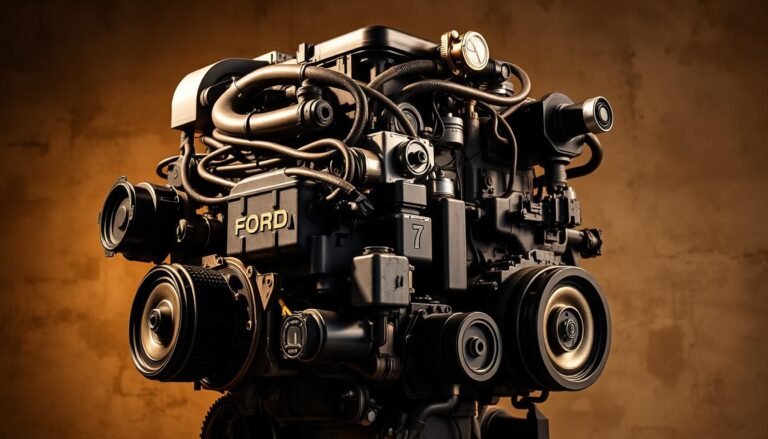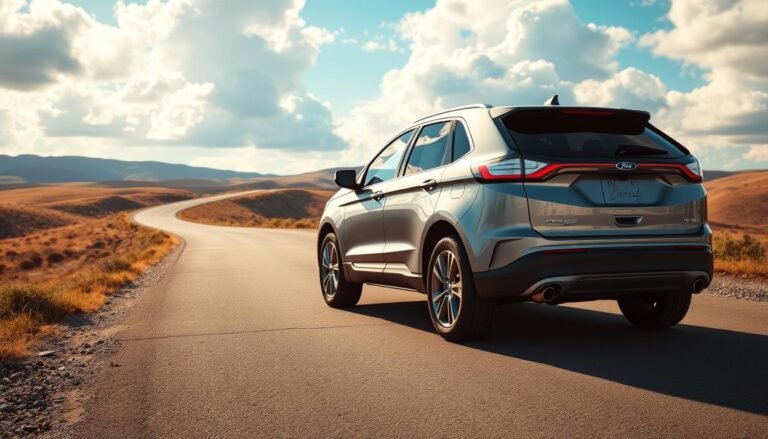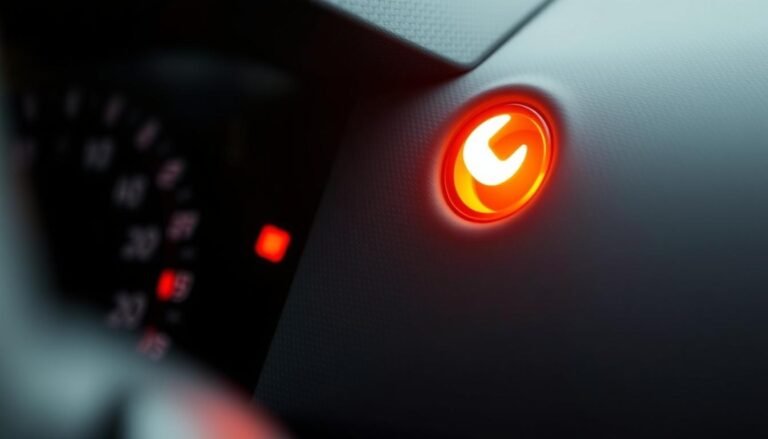What Year Ford Escape To Avoid? Better 7 Idea
If you’re looking at getting a Ford Escape, you need to know the years to skip. Some have big reliability issues, making them a bad choice.
Take the 2013 Ford Escape, for example. It has over 3,000 complaints with the NHTSA, mostly for engine problems and stalling.
This model got a warning label from CarComplaints.com: “Avoid Like the Plague.” Why? Because of serious issues like engine fires and the transmission failing at 60,000 miles.
The 2014 Ford Escape also isn’t a good pick, with more than 200 people reporting major transmission troubles. Fixing these issues could set you back over $5,000.
Knowing which Ford Escape models to stay away from will help you make a better choice when buying a used car.
Other years to avoid include the 2008 and 2005 models due to their reliability problems. By knowing which Ford Escape models to avoid, you can pick a car that’s reliable.
This way, you won’t have to worry about expensive repairs later on.
Introduction To The Ford Escape
The Ford Escape came out in 2000 as a compact SUV. It quickly became a key part of Ford’s lineup.
It was Ford’s entry into the growing SUV market, blending fuel efficiency, easy handling, and lots of space. Over five million units have been sold, showing its impact.
The Ford Escape’s history shows how it has evolved. From 2001 to 2004, the First Generation faced transmission issues, leading to complaints.
In the years 2008-2009, the Second Generation had problems with engine misfires. Despite these issues, improvements were made.
The 2012 model is known for its reliability, making it the top used Ford Escape. Models from 2017 onward focus on advanced tech and better reliability.
These steps improve the Escape’s standing in the competitive SUV market.
Overview of Ford Escape’s Popularity
The Ford Escape has become a big hit in the car world. This is clear from its sales numbers. For example, around 308,000 Ford Escapes were sold in 2017.
Its popularity is thanks to its smart design, which is both roomy and adaptable. Whether you’re a family needing space for kids and their stuff, or a young professional wanting an efficient, good-looking car, the Escape works.
Competition in the market also keeps the Ford Escape on top. It stands up to other compact SUVs, drawing in buyers with smart marketing and new features.
Ford’s focus on making a quality, reliable vehicle makes the Escape a trusted choice. Knowing all this helps us see why the Ford Escape does so well in the car world.
Knowing Reliability Ratings For Ford Escape
When thinking about getting a Ford Escape, it’s key to look at its reliability ratings. These ratings show how well the car does over time, pointing out possible issues with different models.
Knowing about reliability is key, especially if you’re considering buying a used car. The Ford Escape’s reliability has had its highs and lows.
Early models from 2000 to 2003 had major transmission problems, which could make driving risky. The 2004-2007 models often saw the engine stall, a problem mostly seen in the V6 models.
From 2008 to 2012, the “Intelligent AWD” system often failed, which raised questions about its ability to perform in tough conditions.
However, the 2017-2019 models have seen better reliability ratings, with very few issues reported. This suggests the car’s overall performance has improved.
The latest models, starting from 2020, have strong reliability scores. This is thanks to improved safety technologies aimed at making the car dependable over time.
Keeping up with regular maintenance can help these scores, especially for older models where it’s crucial to stay on top of fluid changes and checks.
| Model Year | Key Issues | Reliability Rating |
|---|---|---|
| 2000-2003 | Transmission problems | Low |
| 2004-2007 | Engine stalling | Low |
| 2008-2012 | AWD system failures | Moderate |
| 2013-2016 | Airbag recalls and fuel line issues | Moderate |
| 2017-2019 | Minimal issues reported | High |
| 2020-present | Advanced safety features | High |
Looking at Ford Escape reviews and reliability ratings together can give you a fuller view.
It helps you know the common issues and reliability scores. This way, you can pick the best Ford Escape model for your needs.
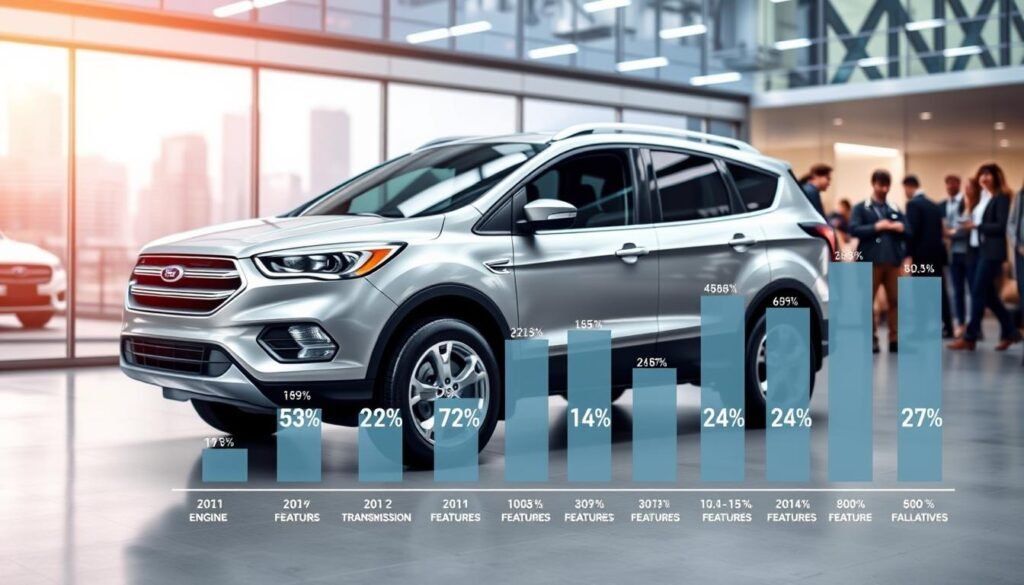
What Year Ford Escape To Avoid?
In your search for a Ford Escape, some years pop up as ones to avoid. These models have had many reliability issues.
This guide will help you learn which Ford Escape years to steer clear of for a better choice.
2013 Ford Escape: Major Engine Issues
The 2013 Ford Escape is known for big engine troubles. This model had over 3,000 complaints to the NHTSA, mostly for engine stalling and failure.
Some even had engine fires. People found this year’s model very unreliable, marking it as one to avoid.
2014 Ford Escape: Transmission Troubles
The 2014 Ford Escape also had its share of problems, especially with the transmission. Owners reported over 200 issues, facing costly repair bills, sometimes over $5,000.
These troubles could lead to the car stalling in traffic. This makes 2014 another year to skip.
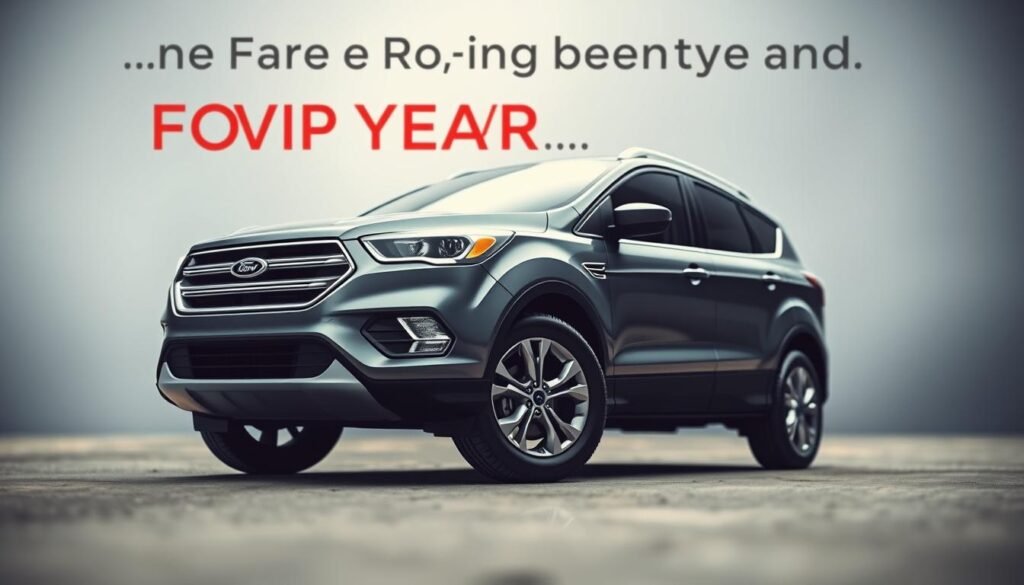
Ford Escape Model Years To Steer Clear Of
If you’re eyeing a Ford Escape, be careful about certain years notorious for problems. These issues might lead to a lot of spending down the road.
Specifically, the 2008 and 2005 models have earned a bad rep. These years are known for significant complaints and technical troubles you should know.
2008 Ford Escape: Steering and Transmission Problems
The 2008 Ford Escape is especially known for its steering and transmission woes. Drivers have had big challenges with steering, which is dangerous.
Also, getting the transmission fixed has been a pricey headache. It’s smart to think twice about this model if you’re big on dependability.
2005 Ford Escape: High Complaint Rates
The 2005 Ford Escape also spells trouble, with lots of complaints from owners. Issues like overheating engines and laggy performance have surfaced.
Given its high number of problems, picking this year might not be wise.
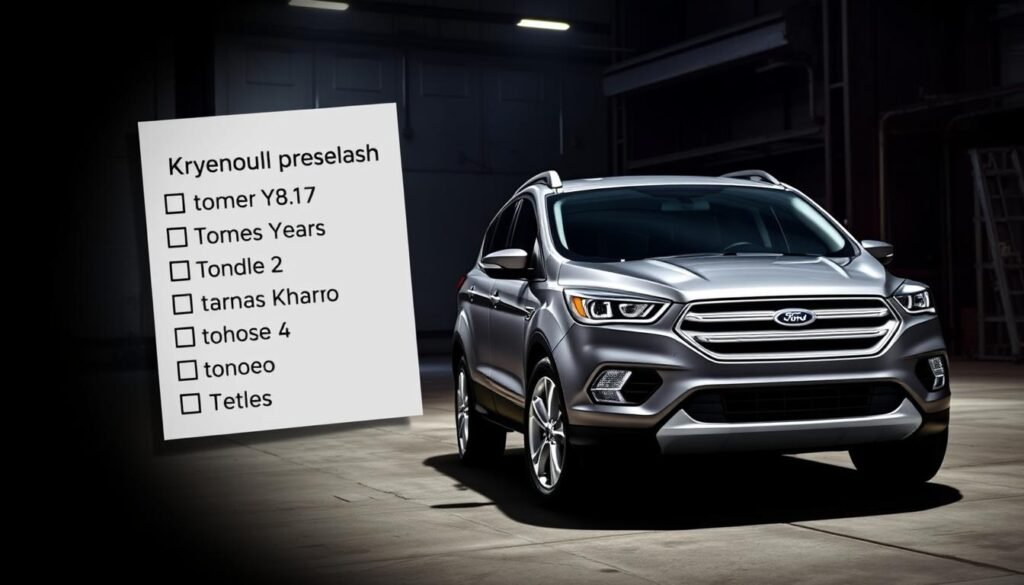
| Model Year | Common Issues | Complaints |
|---|---|---|
| 2008 Ford Escape | Steering problems, transmission failures | Numerous complaints regarding safety and costly repairs |
| 2005 Ford Escape | Engine overheating, performance failures | High volume of reliability issues reported |
Insights into Problems Across Ford Escape Generations
Looking at Ford Escape’s history, we see its reliability has changed over time. Issues mainly come from how they were designed and made.
For example, the 2005 model had big transmission problems after 80,000 miles, costing over $3,000 to fix.
Problems with the Powertrain Control Module (PCM) also caused the engine to act up and stall.
The 2008 Ford Escape had major power steering issues, creating safety worries when the system failed without warning.
People also complained about the transmission not shifting right and gears slipping, which affected driving.
Rust issues in the rear wheel wells were both a cosmetic and structural problem, impacting the car’s value and durability.
In 2009, the Escape had more troubles with engines shutting off unexpectedly, mainly from bad throttle body parts. Even with recalls for power steering problems, repairs were still costly.
The transmission began failing sooner than before, with some breaking down at 50,000 miles.
The 2013 model brought serious engine problems, including coolant leaks that could cause overheating and a fire risk.
Its transmission had issues with rough shifting. Owners also reported problems with the electrical system, including sensors, leading to lower satisfaction rates.
The 2014 Escape continued to face these engine and transmission issues, adding concerns about reliability. Drivers experienced sudden loss of power.
The transmission problems included delays and jerking moves, with repairs often costing more than $3,500.
Issues with the infotainment system and other electrical parts made owners even more frustrated.
The car reliability history shows that early Ford Escapes had various issues, but later models faced bigger challenges.
Avoid the 2005, 2008, 2009, 2013, and 2014 models due to these frequent problems. This pattern shows it’s important to be careful when picking a Ford Escape from these years.
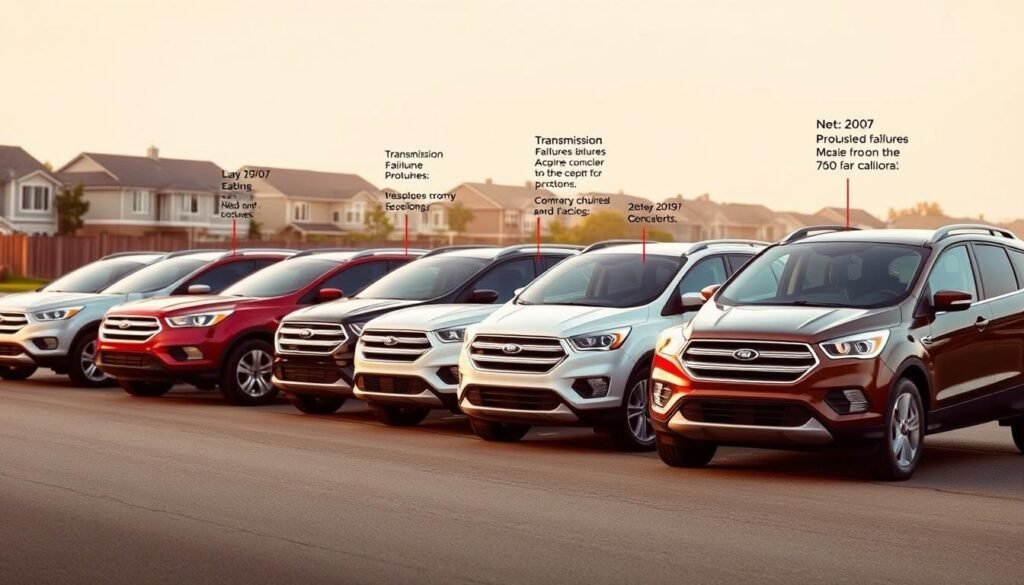
Common Issues Reported in Ford Escape Models
The Ford Escape is well-liked but has its share of problems. Owners have encountered issues that often lead to high repair bills and frustration.
Two main problems are engine failures and transmission issues. Knowing about these can help you decide on getting a Ford Escape.
Engine Failures and Fires
Engine failures in Ford Escapes can be due to overheating, leaks, and broken parts. The 2013 model has had a lot of overheating problems because of coolant system failures.
These can cause serious engine damage or even total failure. The 2018 Ford Escape has had problems with coolant getting into the engine, which can also cause failure.
To avoid this, it’s important to check the coolant system often.
Transmission Failures and Maintenance Costs
Transmission troubles are common in Ford Escapes. Models from 2006, 2008, and 2014 have had a lot of complaints. Fixing these issues can cost about $3,400.
Newer models might cost up to $4,000, while older ones range from $2,000 to $3,000. The 2014 Ford Escape has also had problems with ignition misfires.
Fixing these issues quickly costs about $150. Regular maintenance is key to preventing many common problems and can help keep costs down.
| Model Year | Common Issues | Average Repair Cost |
|---|---|---|
| 2013 | Overheating, coolant leaks | $250 – $3,000 |
| 2014 | Transmission failures, ignition misfires | $3,400 – $4,000 |
| 2018 | Coolant intrusion | $2,000 – $3,000 |
| 2008 | Transmission issues | $3,400 |
| 2006 | Rough shifting | $2,000 – $3,000 |
Best Ford Escape Models To Consider
When looking into the best Ford Escape models, the ones that really stand out are key. The 2019 and 2020 models are top choices.
They have excellent fuel savings and offer advanced safety features like Automatic Emergency Braking.
The 2005 and 2012 Ford Escapes are also great reliable Ford Escape options. Despite some issues, the 2005 model has proven reliable over time.
The 2012 Escape has few recalls, making it a recommended Ford Escape year. The 2022 and 2023 models have faced some negative feedback.
But, the 2017 Ford Escape gets high marks for reliability from J.D. Power. Before settling on a model, thorough research and regular upkeep are crucial for the best experience.
Advice on Purchasing A Used Ford Escape
Looking for a used Ford Escape requires thought to find a good car. Start with checking the car’s reliability scores.
This info helps you understand its overall function and possible problems. Look into models from 2019 and 2020, known for lacking big issues.
They are praised for excellent fuel economy and safety features like Adaptive Cruise Control. Examine the car’s service history closely.
Good maintenance records mean the car was well-kept and got needed repairs on time. This eases worries about your buy.
Yet, be wary of 2022 and 2023 models. They often have problems with the interior and transmission, leading to less enjoyment from your purchase.
When buying a used car, it’s key to take a thorough test drive. Notice how the car drives and listen for any strange sounds. Make sure all the electronics work as they should.
Being aware of issues common in older models, like the 2013 and 2014, helps you choose wisely.
These years had many recalls and complaints, especially about the engine and transmission. It’s important to know that 2020-2021 models had many safety recalls.
By avoiding these years and choosing ones with happy customers, you’ll make a smart choice when getting a used Ford Escape.
Conclusion
In this Ford Escape guide, we learned how to wisely choose a used car. Looking closely at different models lets us pick smarter.
For example, the 2012 Ford Escape is known for being reliable. However, the 2008 and 2014 models have issues that are best to steer clear of.
When thinking about getting a Ford Escape, remember to check engine types and features. The 2017 model, with its SYNC 3 system, offers a great user experience.
But, the 2019 version might disappoint you with its small cargo space. Also, earlier models might have reliability issues.
Using these tips for buying a Ford Escape can make your search easier. Understanding what each model offers helps you avoid costly repairs later
You’ll be able to choose a used Ford Escape that is both safe and enjoyable to drive.
FAQs
What year Ford Escape should I avoid the most?
Stay away from the 2013 Ford Escape. It has major engine problems, like stalling and failures, leading to many complaints.
What issues are associated with the 2014 Ford Escape?
The 2014 Ford Escape faces severe transmission issues. These problems can pose safety risks and result in expensive repairs.
Are there other Ford Escape model years to steer clear of?
Indeed, avoid the 2008 model due to steering and transmission failures. The 2005 model is also problematic, mainly because of serious engine issues.
How do reliability ratings affect my choice of Ford Escape?
Reliability ratings help you understand how different Ford Escapes perform. Low ratings mean more problems and a potentially worse ownership experience.
What are some common issues reported by Ford Escape owners?
Many owners report engine failures and even fires. They also face transmission issues that lead to expensive maintenance.
What are the best Ford Escape models to consider for reliability?
For reliability, consider the 2012 and 2005 Ford Escapes. They have fewer complaints and are more dependable.
What should I check when buying a used Ford Escape?
Check the car’s reliability ratings and maintenance history. Look into any safety recalls. Finally, take it for a thorough test drive to see how it performs.

